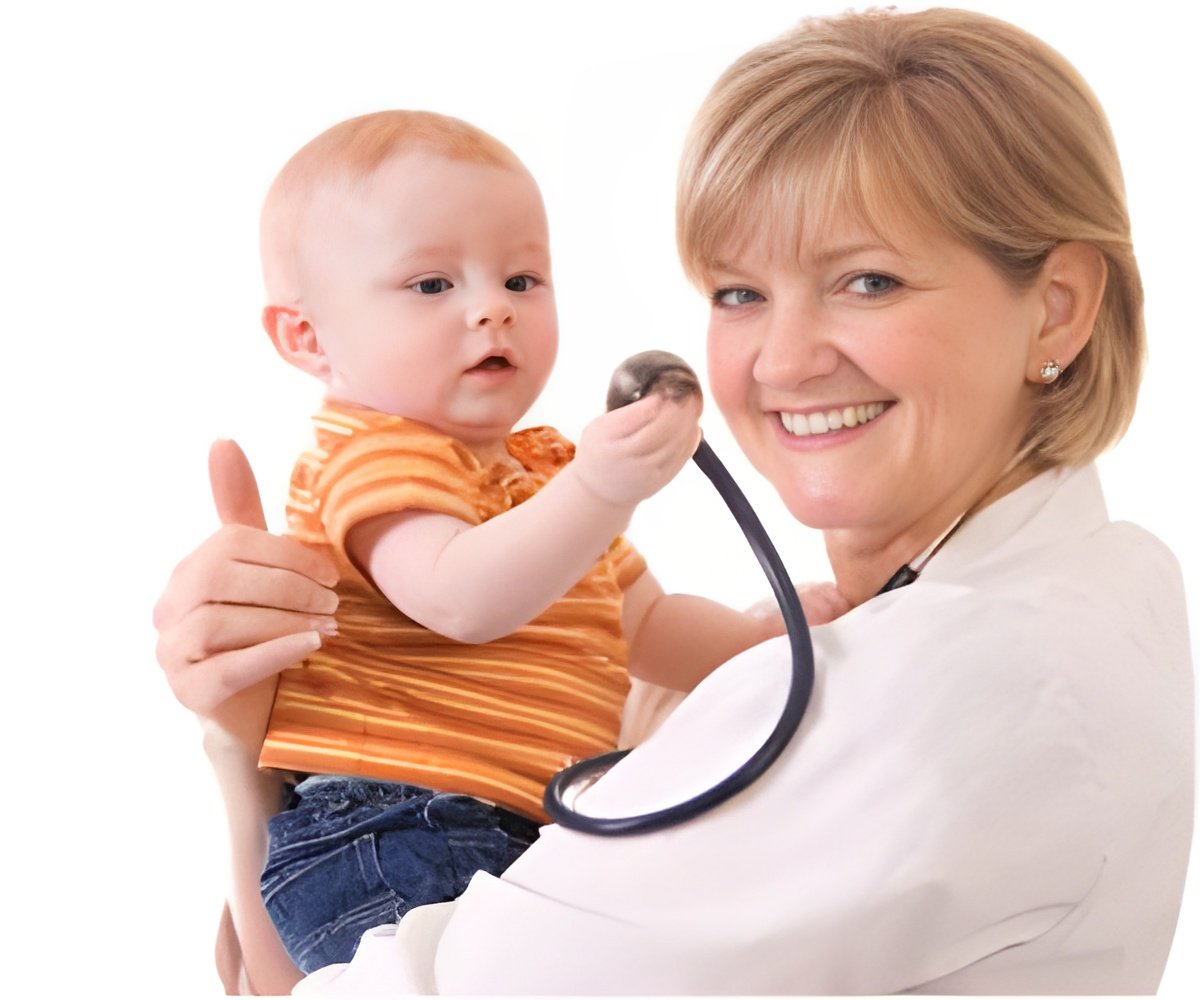
The medical home approach, which is heavily promoted across the country, is designed to facilitate partnerships between patients, parents and care providers. According to the AAP, a medical home is "accessible, continuous, comprehensive, family centered, coordinated, compassionate, and culturally effective." It is often touted as a method of providing excellent pediatric primary care.
Researchers analyzed data from the 2007 National Survey of Children's Health phone survey of households with children ages 0-17, which was conducted by the National Center for Health Statistics. To determine whether they were getting medical home services, the survey asked parents about their child's usual source of care, familiarity with a personal doctor/nurse, difficulty of obtaining referrals, access to family centered care and communication between care providers.
Only 45 percent of children with public insurance met all five of these components, far less than the 67 percent of children with private insurance.
"Because of their vulnerabilities, children with public insurance are a prime target for efforts to promote the medical home," says Joseph S. Zickafoose, M.D., Clinical Lecturer in Pediatrics and Communicable Diseases at the U-M Medical School, "However, until now, we knew very little about how often children with public insurance received care consistent with a medical home."
The biggest differences between children with public and private insurance were found in family-centered care with significantly fewer parents of publicly-insured children reporting that their child's provider spent enough time, listened carefully, displayed sensitivity towards family values and customs, and provided needed information.
Advertisement
"Primary care is the cornerstone of health care for children. These results suggest that efforts to improve access to primary care for children with public insurance have been very successful," says Zickafoose, lead author of the study.
Advertisement
"While we need to continue to assure adequate access to primary care for publicly- insured children, we also need to pay attention to the care they receive once they're in the door," says Zickafoose, "Particularly for family-centered care, we have a long way to go."
Source-Eurekalert














